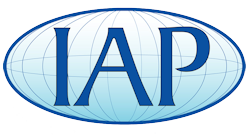yellowtruck75
Member
- Joined
- Apr 13, 2011
- Messages
- 16
What is the best type of gouge for turning acrylic?
The best gouge for turning acrylics is a skew.:biggrin: I follow the skew up with my Woodchuck pen pro or is it the other way around? I can't remember!What is the best type of gouge for turning acrylic?
